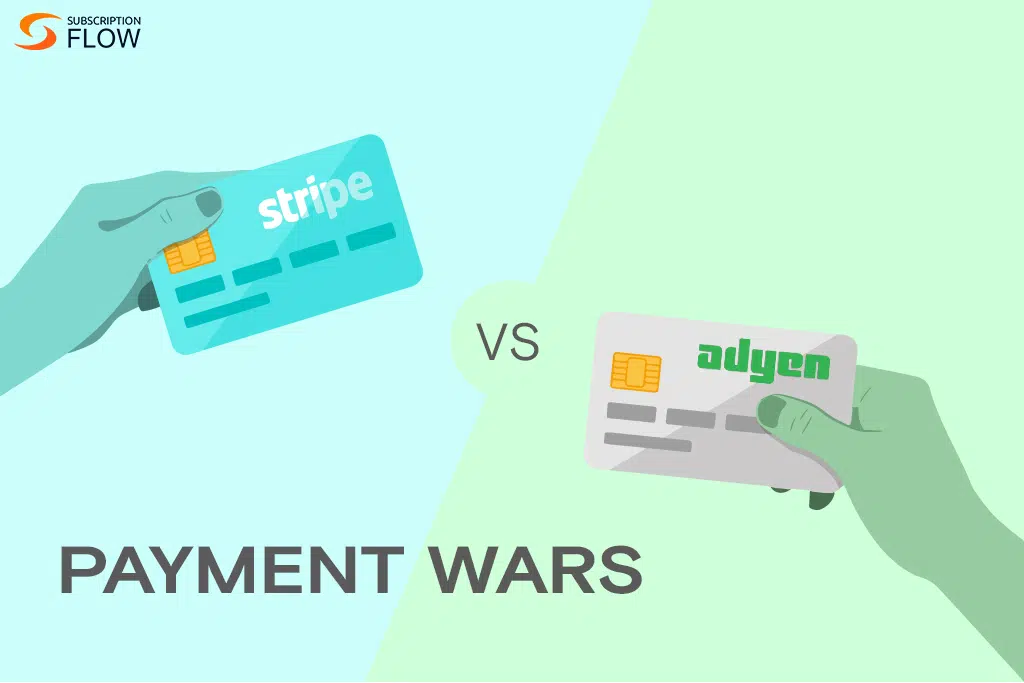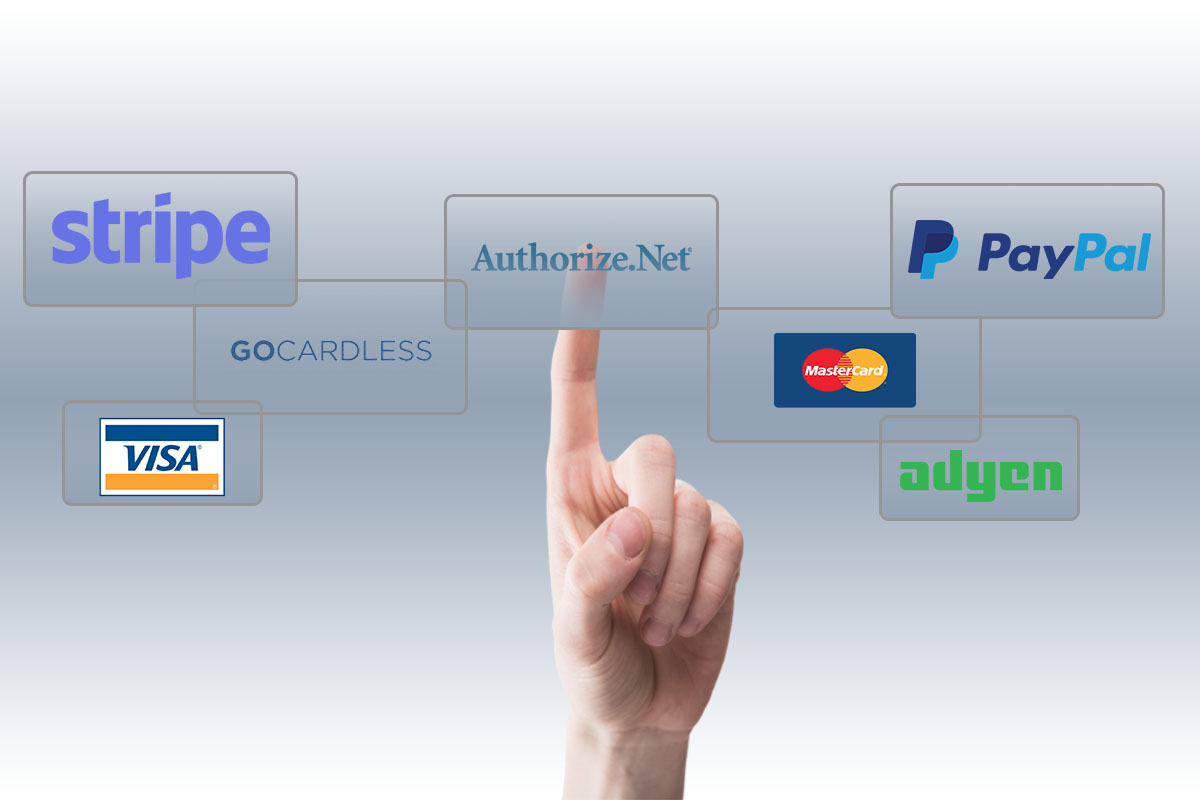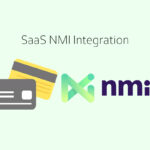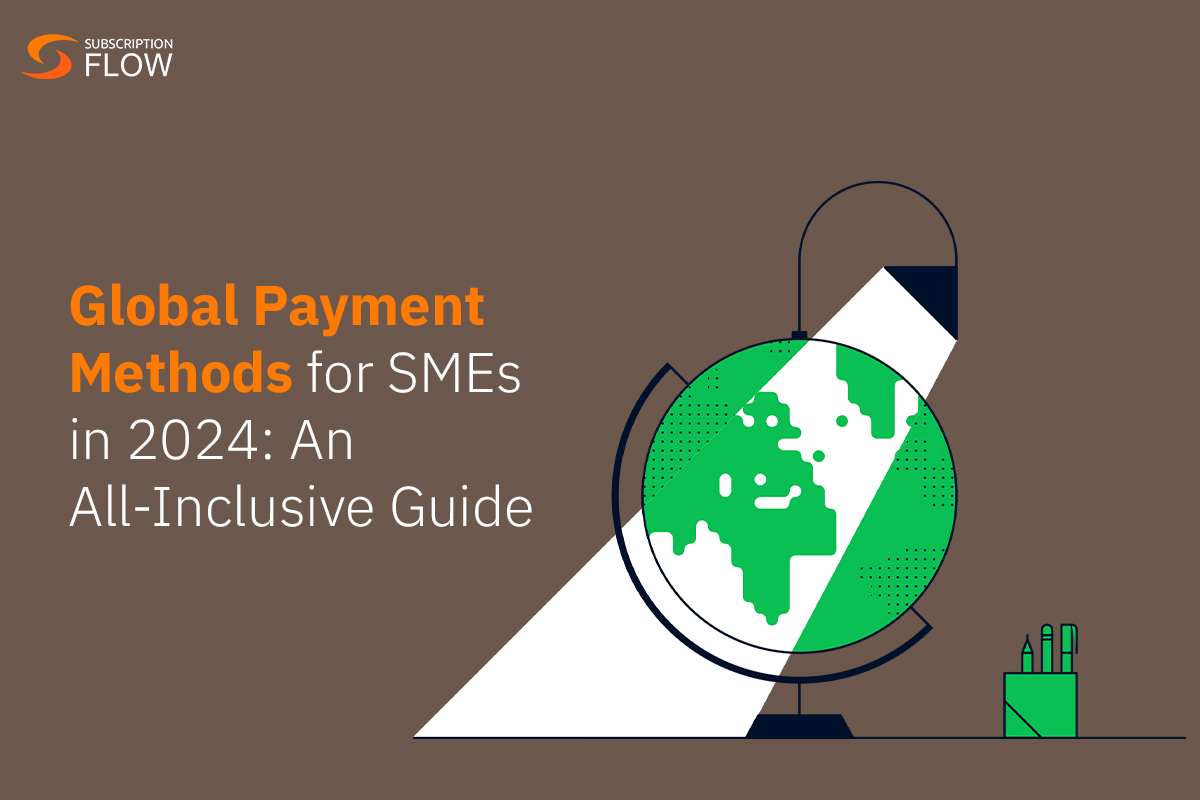
Global Payment Methods for SMEs in 2024: An All-Inclusive Guide
In today’s international business scene, we all need to investigate why small/medium-sized businesses (SMEs) supplying to enterprises require strong global payment methods for handling payments from their multinational clientele worldwide. One reason behind this is that as SMEs have grown outside of their native regions, the internet has given them the chance to reach a worldwide clientele. SMEs now need to incorporate payment methods for global businesses into their company plans in order to successfully do cross-border business in this environment. Alongside that and in order to conduct business with foreign clients effectively and guarantee prompt and secure payments, SMEs need to have strong payment options.
Furthermore, as money shifts from physical to digital forms, SMEs must modify their payment processes to stay up to date with industry developments. It is critical, therefore, for SMEs to have a clear payment plan in place if they want to continue growing and retaining important clients. If payment methods are not updated, businesses risk losing customers to rivals that provide more flexible payment choices, particularly when operating internationally. Thus, providing a variety of payment options improves flexibility and client happiness, which supports ongoing business success.
Keeping all this context in mind, we will be dividing this blog into two parts: the first part will deal with global payment methods for larger enterprises that have already expanded into a lot of the markets that they wish to expand into; the second section will be dealing with smaller businesses that are still to tap into most international markets outside of their region that they wish to tap into. We will also be complicating the blog by adding region-specific details so that both larger enterprises and smaller businesses are able to see which region-specific payment options are available to them in the most important regions of North America, Africa, and the European Union. In the third and last section, we will be talking exclusively about those payment gateways that integrate well with SubscriptionFlow. This will be done without any further sub-categorizations based on geography and will instead be a list of 8 payment gateways that is meant to be parsed through for ease of convenience while making a decision.
Read more: Choosing the Best Payment Gateway for Shopify in South Africa
Part One: SMEs Selling to Enterprises Looking for Global Payment Methods

For suppliers worldwide, there are numerous global payment regulations. The location and expectations of the supplier usually determine the appropriate mode of payment. The section, as mentioned earlier, has been specifically broken down keeping in mind the regions that the businesses operate in as geography plays arguably the biggest role in deciding which payment option you will be vying for.
1. North America:
Both conventional and digital payment methods are available to SMEs in North America. While bank transfers, credit cards, and debit cards are widely used, digital payments are becoming more and more popular, especially in the US and Canada. SMEs in this area frequently use credit cards for a variety of transactions, and safe electronic financial transfers are made possible via Automated Clearing House (ACH). Smartphone payments are made possible by digital wallets such as the one offered by Apple and Google Pay, and internet gateways like PayPal and Stripe make it easier for SMEs to conduct business online.
2. Africa:
Thanks mostly to mobile technology, digital payment acceptance in Africa has seen a noticeable uptick. In nations like Ghana and Kenya, wireless financial wallets like M-Pesa are widely used and enable users to save and send funds digitally using their phones. Customers may now pay conveniently with QR codes in both offline and online purchases thanks to their growing popularity. SMEs in Africa continue to use bank cards, including debit and credit, despite their decreased use.
3. Europe:
The most important thing to know about Europe is that the payment environment in Europe is highly varied, with different countries having different preferences. SEPA streamlines cross-border transactions by enabling cross-border payments in euros between members of the EU and their partner countries. SMEs prefer to use credit transfers that resemble ACH for payments inside and between the EU. Recurring payments are frequently made by direct debit, which gives SMEs a way to take money straight out of their clients’ bank accounts. That said, it must still be flagged that credit and debit cards are still widely used (particularly in Western European nations such as France and Belgium).
To conclude this section, we need to understand that the infrastructure, consumer behavior, and regulatory environment in a given location all influence the payment choices made by SMEs. Therefore, SMEs must adjust to the changing global economy by choosing payment options that are suitable for their unique situation.
Part Two: Small Businesses Looking for Global Payment Methods
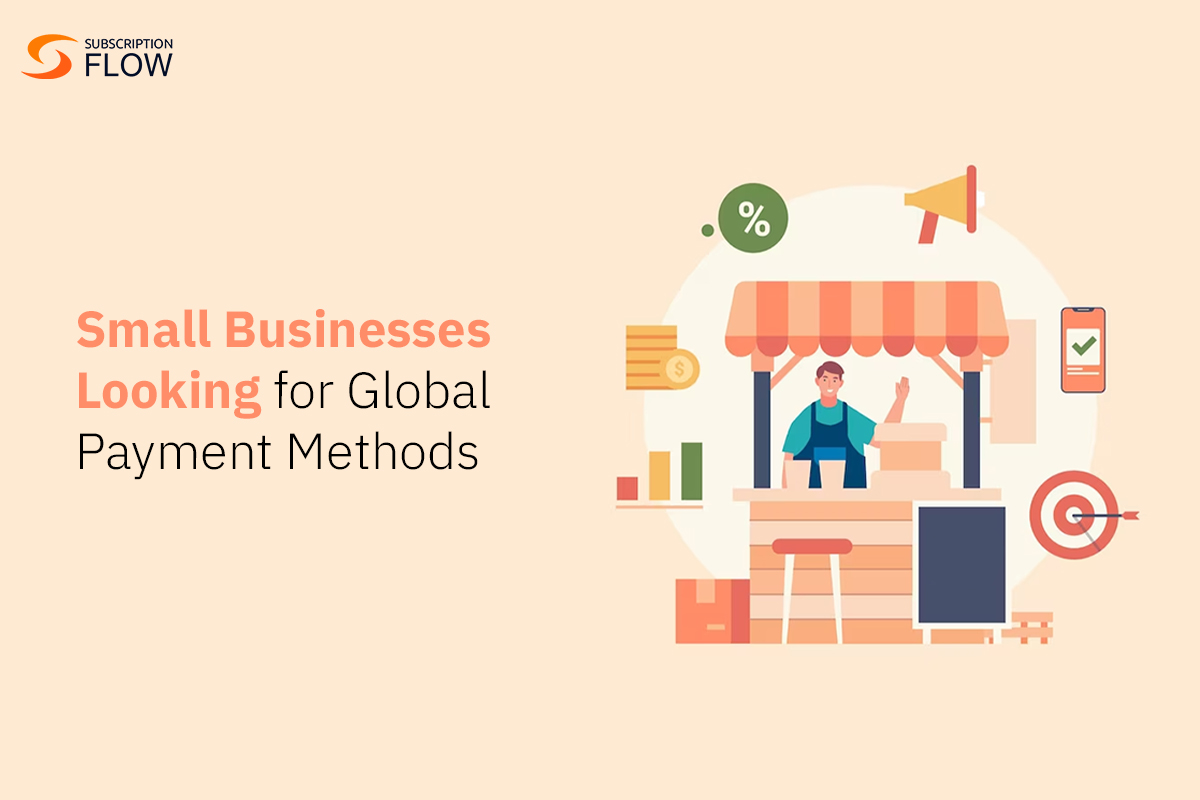
To ensure business success, expanding abroad requires thorough consideration of payment options. Now let us explore some region-specific payment methods that most small enterprises might use when expanding into foreign markets:
1. North America:
Automated Clearing House (ACH) network is extensively used in North America, where it allows for direct bank-to-bank transfers that are perfect for B2B, payroll, and regular payments. Furthermore, debit and credit cards are the gold standard for transactions, especially those made online, as they offer accessibility and convenience to both customers and companies.
2. Africa:
Peach Payments is a well-known and reliable payment gateway on the continent, providing cost-free daily settlements, individualized service, and easy integrations. With the use of this platform, companies can take payments from clients all throughout Africa via a number of channels, such as debit and credit cards, money transfers via the internet (EFT), and subscription-based services. Furthermore, there are several mobile money services available, such as M-Pesa, which allow users to easily conduct transactions using their mobile phones.
3. Europe:
iDEAL, a well-liked online payment solution in the Netherlands that enables users to safely make direct bank account payments, is frequently used by European companies. The creative alternatives provided by Klarna that focus on compelling their users to simply purchase soon and worry about paying later, is extensively utilized throughout Europe (and is especially well-liked in Sweden as well as the Nordic region in general).
As said at the end of the first section, when choosing payment methods for particular regions, it is important to be aware of local customs and restrictions. Furthermore, it is important to meticulously evaluate variables like security, transaction velocity, and financial viability to guarantee the most ideal solutions for processing payments for worldwide growth.
Part Three: The Best Payment Gateways that SubscriptionFlow Integrates with
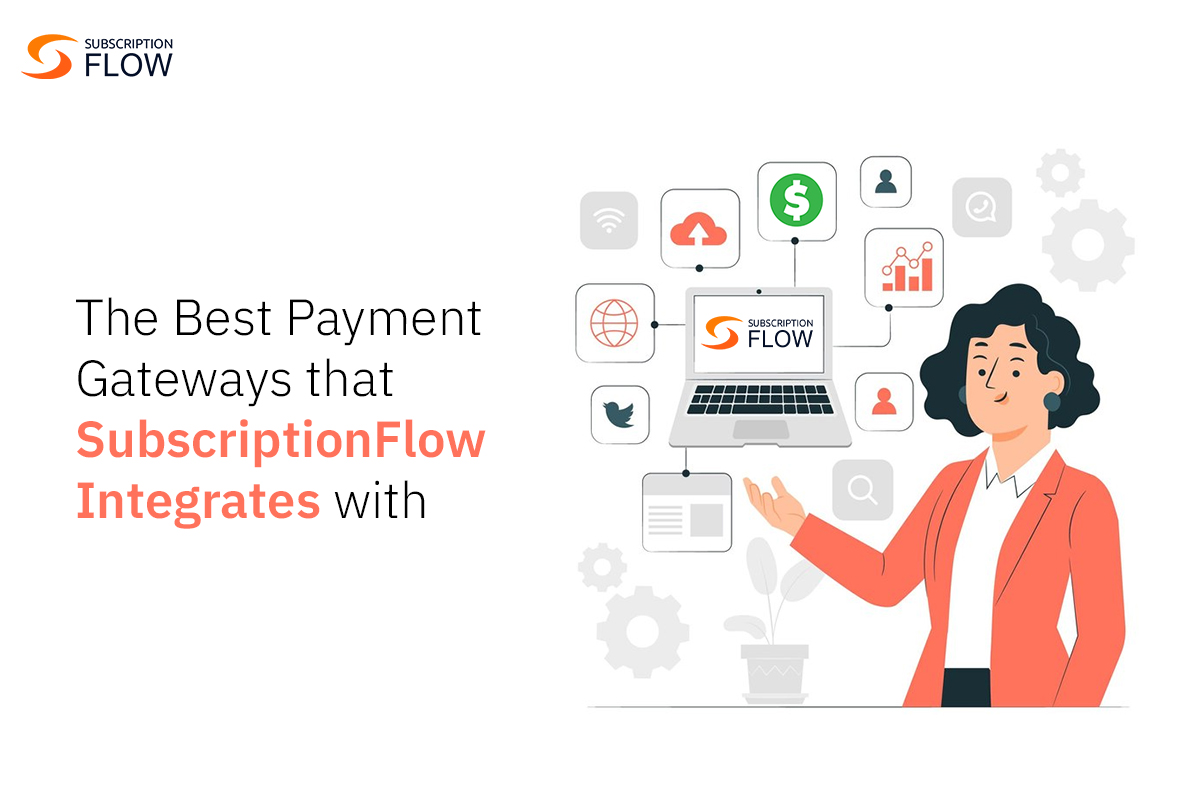
Finding the top payment gateways for SubscriptionFlow integration, with an emphasis on Europe, North America, and Africa, offers companies a variety of choices for smooth transactions.
- Stripe: Well-known for its flexibility as well as developer-friendly APIs, Stripe is a popular payment gateway that accepts a range of currencies and payment options. Due to its widespread appeal, SubscriptionFlow consumers who are looking for flexibility tend to embrace it.
- PayPal: PayPal, a reputable pioneer in online payments, serves customers in North America and Europe with simple integration and multi-currency compatibility. Its extensive use demonstrates its dependability and provides SubscriptionFlow users with a stable payment option.
- Authorize.Net: Authorize.Net, a well-known payment gateway for North America, has a long history of providing strong credit card payment support along with strong security measures. And because of its consistency and dependability, many of our clients integrating with SubscriptionFlow find it to be the best option.
- Adyen: Based in Europe, Adyen offers extensive support for a wide range of payment methods along with a global reach. Adyen is a great option for smooth transactions, especially for SubscriptionFlow users aiming for European markets.
- PayGate: Based mainly in Africa as a whole, PayGate focuses on localised payment solutions that are adapted to the particular needs of several African nations. It is extremely useful for companies looking to expand around the continent.
- Peach Payments: Based in the South African republic, Peach Payments provides a safe online platform for transactions, which is particularly helpful for businesses operating in Africa.
- iDEAL: iDEAL is an interbank system that simplifies online payments by allowing direct transactions from clients’ bank accounts. It is widely used in the Netherlands.
- Single Euro Payments Area (also known by its short form, SEPA): SEPA acts as a streamlined payment option for a variety of European markets. It was created to ease cross-border euro-denominated transactions inside the European Union (EU) and its affiliated countries.
To wrap it all up, it is important to consider aspects like transaction costs, security precautions, and geographic coverage when choosing a way to make payments for SubscriptionFlow integration. With careful thought, companies can use the best payment option to facilitate their SubscriptionFlow integration, enabling safe and easy transactions across many international markets.
Read more: Finding the Best Automated Billing Software for Small Businesses
The bottom line:
For SMEs who serve an international clientele, it is imperative to comprehend the need for reliable international payment options. Using efficient payment mechanisms becomes essential for smooth cross-border transactions as firms grow beyond local markets. To compete and keep customers, SMEs need to modify their payment procedures in light of the move to digital currencies. Having a variety of payment methods increases satisfaction and flexibility.
This is why the blog was divided into two sections: small firms entering foreign markets and SMEs selling to companies already with a global presence. Payment methods relevant to each region are examined, highlighting the significance of choosing customized solutions. A thorough assessment of variables such as transaction fees and security protocols is necessary when selecting the best payment gateways to integrate with SubscriptionFlow. Businesses may optimize cross-border transactions for expansion and prosperity by giving them considerable thought. Book a demo with SubscriptionFlow now to integrate the best global payment methods with your business!



